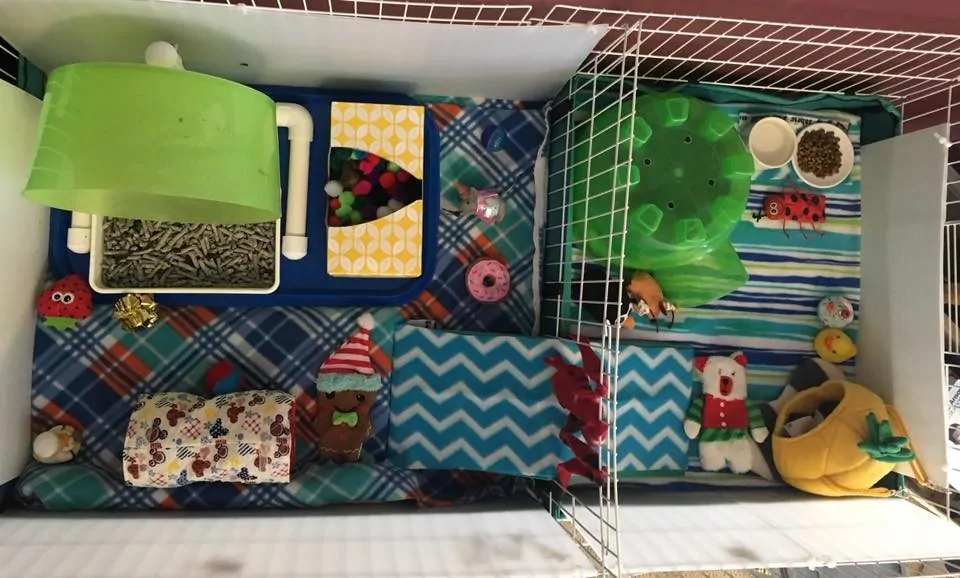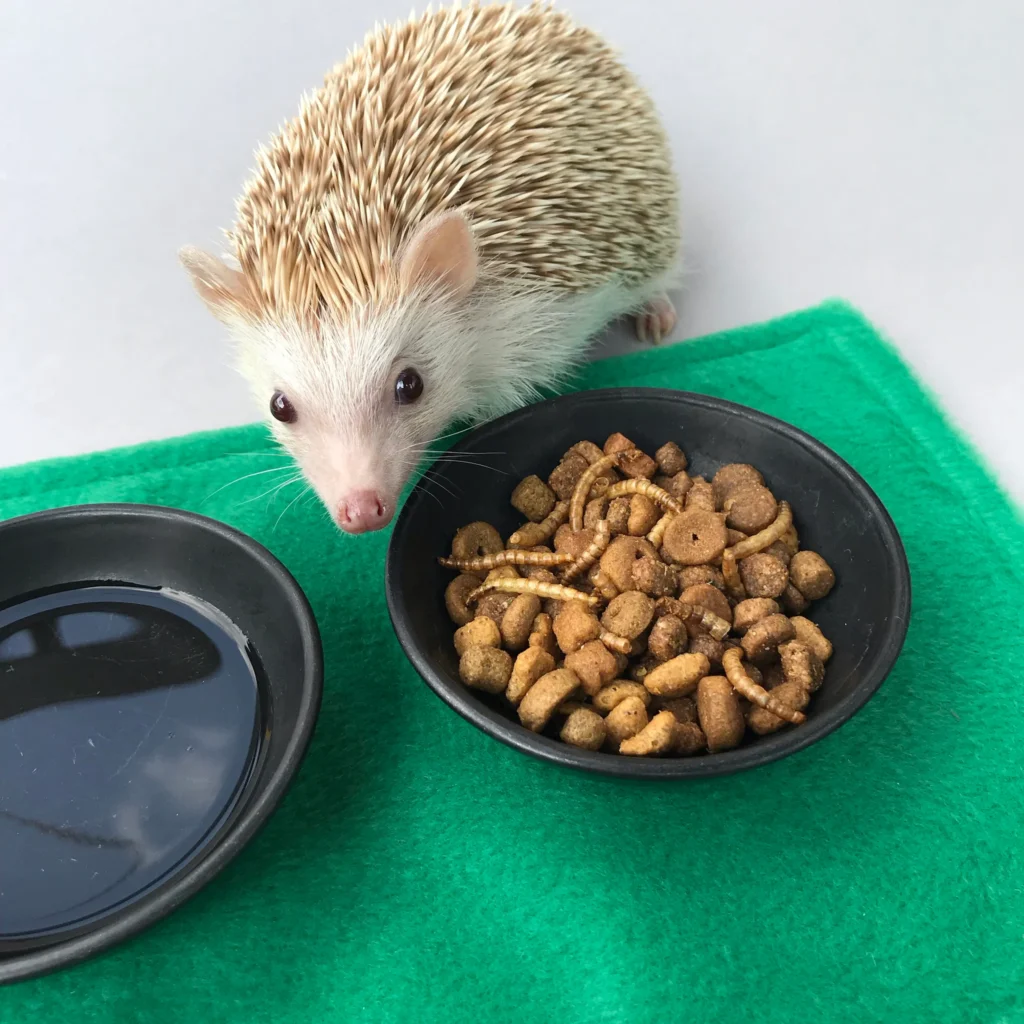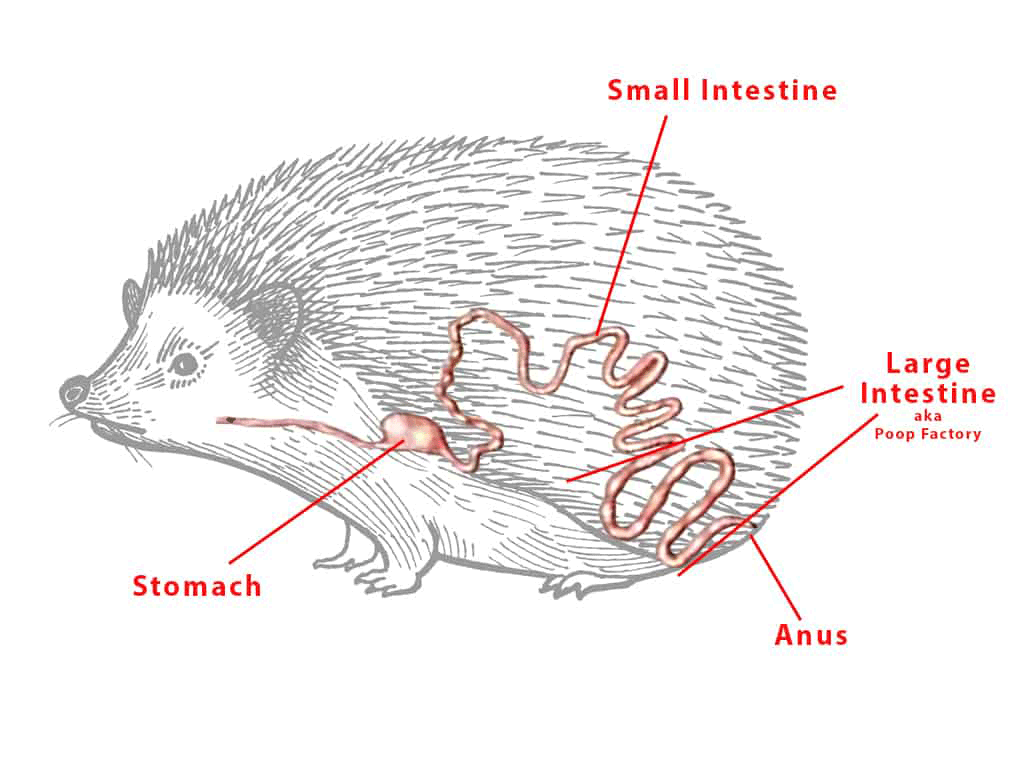
Hedgehog Husbandry Guide
Essential Tips for a Happy Hedgehog Home
Housing and Environment
Creating a comfortable and safe environment is crucial for your hedgehog’s well-being. Ensure the enclosure is spacious, well-ventilated, and escape-proof. Provide hiding spots and enrichment items to keep your hedgehog mentally stimulated.
Companionship
African Pygmy Hedgehogs (APH) are solitary animals by nature and should only be housed together under specific conditions—such as for breeding, medical observation, or in rare cases where they have been raised together from a young age. Co-habitation outside these scenarios can lead to stress or aggression.
Temperature & Heating
APHs are highly sensitive to cold. Exposure to low temperatures may induce hibernation, which is dangerous and potentially fatal. A constant ambient temperature of 21–25°C must be maintained. A ceramic heat emitter with a thermostat is commonly used to achieve this safely.

Enclosure Requirements
Legally, a minimum of 3.2 square feet of floor space is required, but a larger enclosure is always better. The cage must be spacious enough to include all essential equipment—such as a wheel, hides, litter tray, and feeding areas—while still allowing space to roam.
- Escape Prevention: Hedgehogs are skilled climbers and escape artists. Enclosures should have solid, high sides or be fully enclosed.
- Recommended Housing: Vivariums, heavy-duty plastic playpen panels, and Home & Roost hutches are suitable options.

Bedding & Litter
Use dust-free materials to avoid respiratory issues. Ideal bedding options include:
- Fleece liners (soft and reusable)
- Paper-based bedding
- Organic soil (if digging behaviour is encouraged)
For litter trays, wooden cat pellets are effective, as they are absorbent and control odours well.
Hides & Nesting
As a prey species, APHs require at least two hides to feel safe. These should be placed in quiet, shaded areas of the enclosure. Hides provide essential daytime rest areas and help reduce stress.
Exercise Wheel
A large wheel is essential to replicate their natural running behaviour and prevent obesity. Ensure:
- The wheel is solid (not wire mesh) to avoid foot injuries.
- The diameter is suitable for their posture (typically 12 inches or more).
- Good options include bucket wheels on Etsy and giant rat wheels from Pets at Home.
Because APHs often urinate and defecate while running, placing a tray beneath the wheel helps maintain hygiene by catching waste.

Enrichment & Accessories
Enrichment is vital for mental stimulation. Recommended items include:
- Tunnels
- Snuffle mats
- Blankets for burrowing
- Dig boxes
- Varied textures of bedding
Feeding & Hydration
Provide:
- A ceramic or heavy plastic food bowl that cannot be tipped over easily.
- A water bowl or drip-proof bottle (though bowls better encourage natural drinking behaviour).
Diet and Nutrition
A balanced diet is vital for your hedgehog’s health. Offer a mix of high-quality commercial hedgehog food, insects, fruits, and vegetables. Always provide fresh water and avoid feeding them anything toxic, like chocolate or avocado.
k88
Natural Diet Overview
African Pygmy Hedgehogs are omnivores in the wild, primarily consuming insects, small vertebrates, and some plant matter. A balanced captive diet should reflect this, with emphasis on high-quality animal protein, moderate fat, and limited carbohydrates.
Daily Caloric Needs
APHs typically require 70–100 kcal per day. This can be met with approximately 1–3 tablespoons of kibble, depending on activity level and weight. For hedgehogs prone to overeating, portion control is essential; otherwise, larger servings can reduce the need for frequent refills.
Kibble Guidelines
Offer a mix of 3 or more high-protein, low-fat kibble brands to ensure nutritional diversity. Avoid hedgehog-specific food, as many commercial formulas lack proper nutrient balance.
Recommended kibbles include:
- Royal Canin Mother & Babycat
- Royal Canin Kitten
- IAMS Kitten Chicken Flavour
- Purina One Kitten Chicken Flavour
Insect-Based Fibre
Fibre is primarily obtained through insects, not plant matter. Offer gut-loaded insects (e.g., mealworms, crickets, black soldier fly larvae) as part of their weekly diet. Hedgehogs lack molars and the enzymes needed to break down cellulose, so plant-based fibre is poorly digested.
Treats & Enrichment
To support mental and physical health:
- Use scatter feeding to simulate foraging
- Offer treats like plain scrambled egg, wet cat food, and insects
- Rotate treat types to maintain stimulation and prevent dietary monotony

Water Requirements
Clean, fresh water must be available at all times. Change it daily. Use a ceramic water bowl or a high-quality bottle. For elderly hedgehogs or those with dental issues, provide more wet food and soaked kibble to ease chewing and digestion.
Digestive Anatomy & Physiology
The APH digestive tract is adapted for efficient processing of animal-based diets:
- Mouth
- Equipped with sharp teeth (no molars) for tearing prey
- Saliva contains enzymes to initiate digestion
- Esophagus
- Muscular tube that transports food via peristalsis
- Stomach
- Simple and compact
- Highly acidic (low pH) to break down proteins and kill pathogens
- Converts food into a semi-liquid form called chyme
- Small Intestine
- Major site for nutrient absorption
- Relatively short, reflecting their carnivorous digestion
- Caecum
- Small, underdeveloped pouch with minimal role in fermentation
- Reflects the limited fibre content in their diet
- Large Intestine
- Absorbs water and salts
- Consolidates indigestible matter into firm, dry feces
- Waste is expelled via the anus

Importance of Water in Physiology
Water is vital for:
- Hydration and electrolyte balance
- Digestive function and stool formation
- Thermoregulation
- Skin and coat condition
- Metabolic processes and waste excretion